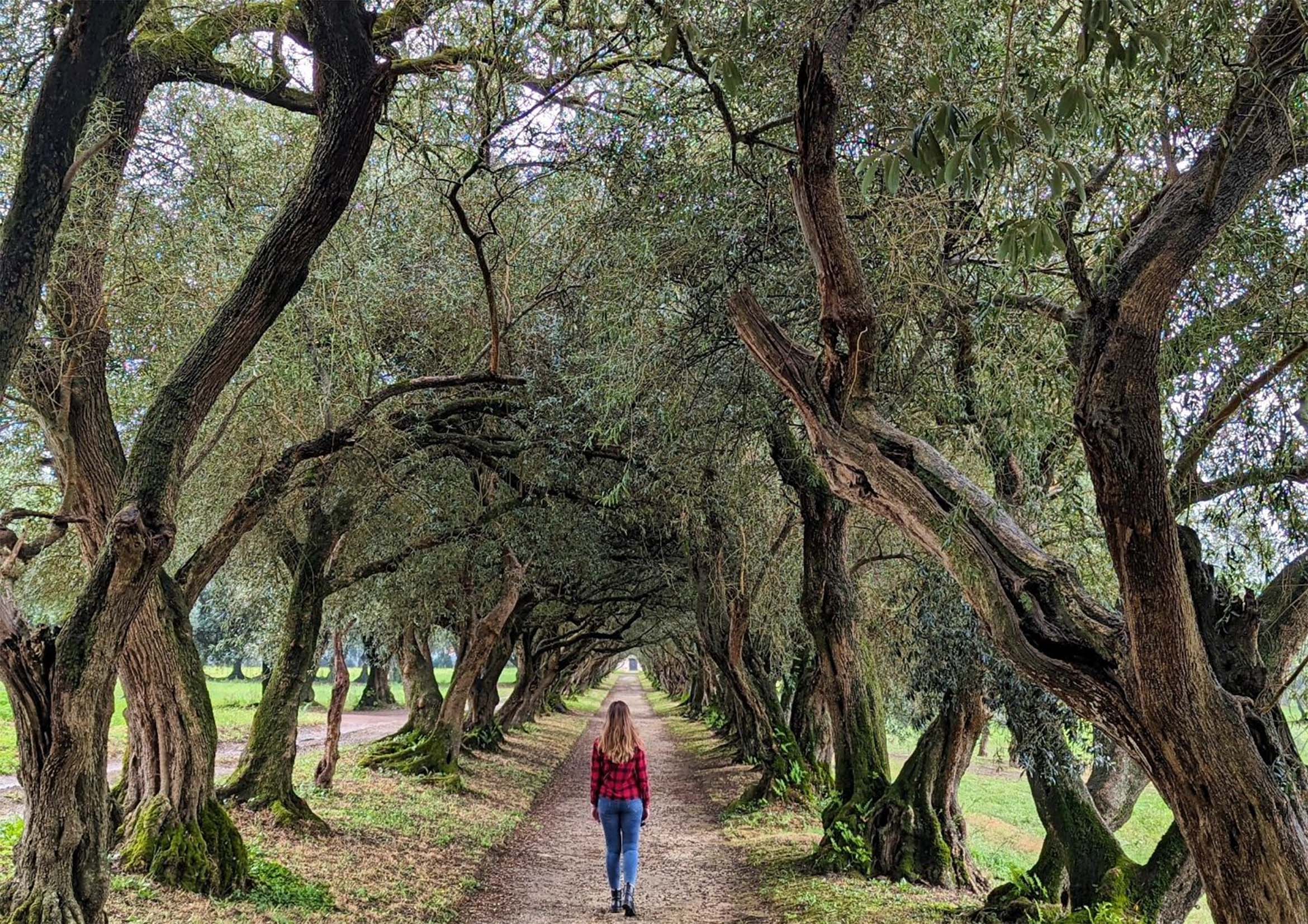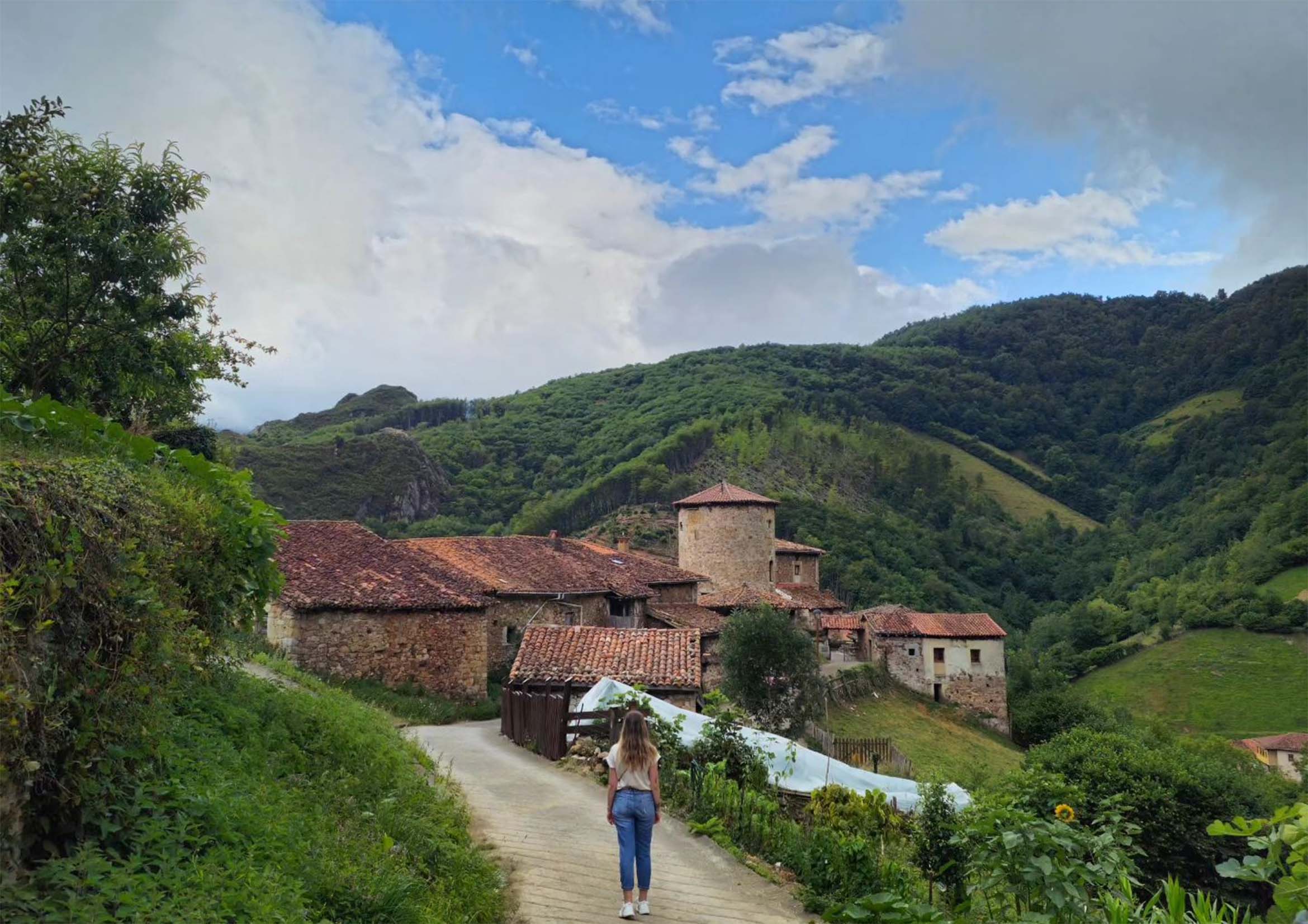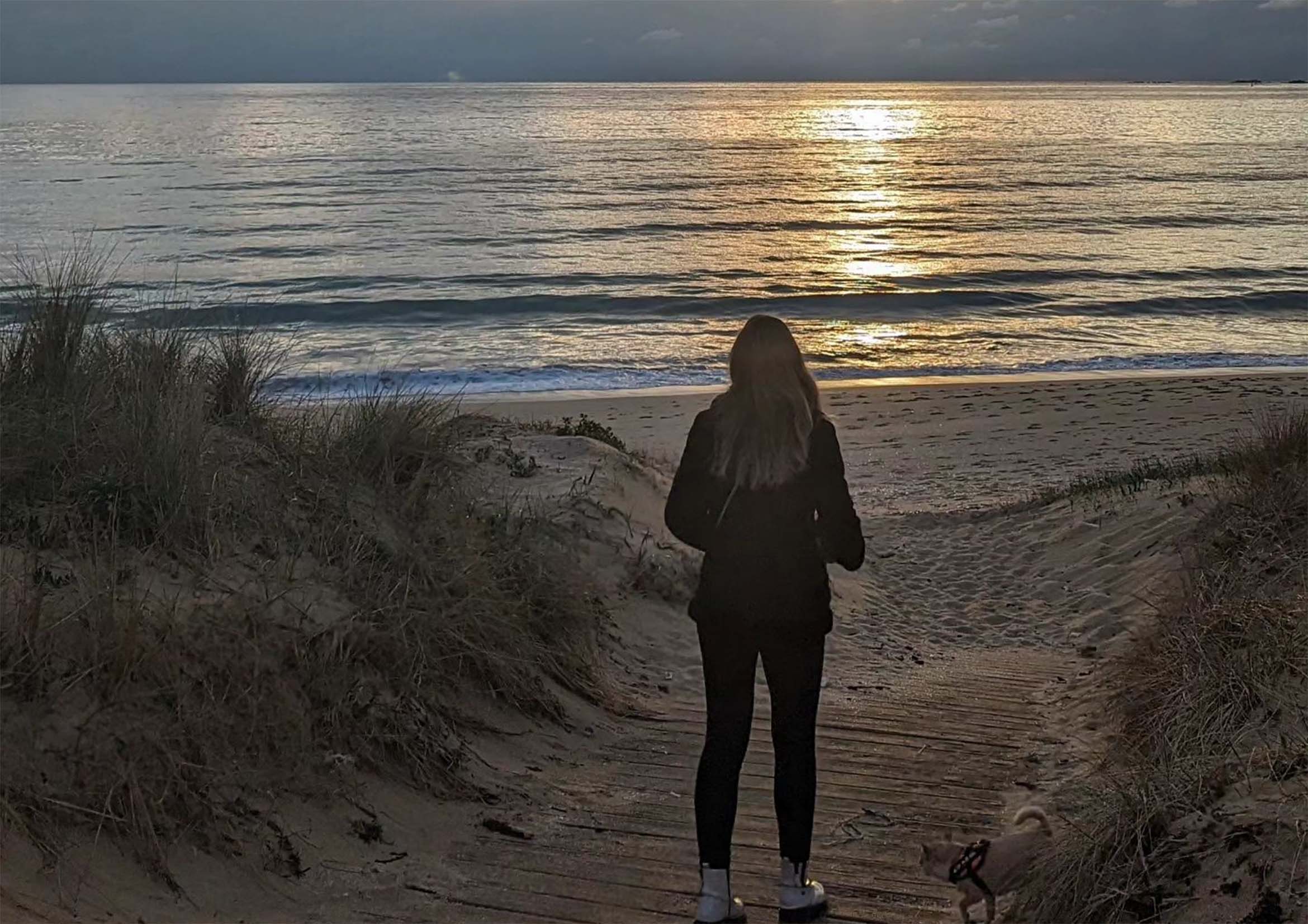Visiting Aalborg for the first time felt like stepping into a world where modern culture meets centuries-old history. Located in northern Denmark, this charming city is filled with fascinating landmarks, vibrant street life, and cozy corners that invite you to explore at your own pace. As a seasoned traveler, I wasn’t sure what to expect from Aalborg, but it turned out to be one of the most refreshing and exciting trips I’ve had in a while.
In this guide, I’ll share my experience with the top attractions in Aalborg, giving you insights into the city’s historic gems, cultural highlights, and must-see locations. Whether you’re visiting for a weekend or planning a longer stay, this guide will help you make the most of your time in Aalborg.
1. Aalborg’s Waterfront and Utzon Center
The waterfront in Aalborg was the first place I visited. I’d heard a lot about how the city had transformed its industrial waterfront into a modern, vibrant public space, and it didn’t disappoint. The waterfront is the heart of Aalborg’s urban renewal efforts, offering breathtaking views of the Limfjord, where locals and tourists alike can enjoy leisurely walks, scenic bike rides, or just relax on one of the many benches lining the promenade.

The Utzon Center, named after the famed architect Jørn Utzon (who also designed the Sydney Opera House), is located right along the waterfront. It’s a striking building, blending minimalist Danish design with modern architecture. Inside, the center showcases a variety of exhibitions related to architecture and design, and I found it inspiring to see how Utzon’s legacy continues to shape creative ideas today. You can spend a good couple of hours exploring the exhibitions, which change regularly, and there’s even a nice café where I took a break with a coffee and some traditional Danish pastries.
2. Aalborg Historical Museum
I always make a point to visit historical museums when I travel because they offer a window into the local culture and history. Aalborg’s Historical Museum did just that. It’s a modest-sized museum but packed with fascinating exhibits that give you a sense of Aalborg’s rich past. The museum highlights the Viking era, which is always a point of interest when traveling through Scandinavia.
One of the most memorable exhibits for me was the section on medieval Aalborg, showcasing artifacts from the city’s early days as a trading post. The museum is well-organized, and the information provided is easy to follow, even for first-time visitors like me. It’s not overwhelming, which makes it a great stop for families and solo travelers alike. Plus, the entry fee is reasonable, and they offer English-language guides, which was a huge plus.
3. Aalborg Tower (Aalborgtårnet)
For stunning panoramic views of Aalborg and the surrounding region, I made my way to the Aalborg Tower. Situated on the city’s highest point, the tower offers an incredible 360-degree view of the entire city and beyond. On a clear day, you can see as far as the North Sea, which was an unforgettable sight for me.

I took the elevator up to the observation deck, and while it’s not the tallest tower compared to those in bigger cities, the view was truly spectacular. The tower gives you a unique perspective on Aalborg’s mix of old and new, from the historic buildings in the city center to the more modern developments along the waterfront. There’s also a small café at the top, where I enjoyed a light lunch while taking in the views. I highly recommend timing your visit in the late afternoon, so you can watch the sunset over the city—it’s a sight you won’t want to miss.
4. Aalborg Zoo
Being a nature lover, I couldn’t pass up a visit to Aalborg Zoo. It’s one of Denmark’s oldest zoos, and although it’s not as large as some of the more famous European zoos, it offers a great experience for visitors of all ages. What stood out to me was the zoo’s commitment to conservation and education, as many of the exhibits focus on endangered species and the importance of protecting natural habitats.
The zoo is home to a wide variety of animals, including elephants, lions, polar bears, and many more. I spent a lot of time in the Arctic section, which was one of the highlights for me. Watching the polar bears play in their pool was a treat, especially on a warm summer day. The zoo is well laid out, and you can easily spend half a day wandering through the various exhibits. There’s also a petting zoo area, which is great if you’re traveling with kids, though I must admit I enjoyed it as much as the younger visitors did!
5. Jomfru Ane Gade
No visit to Aalborg would be complete without spending some time on Jomfru Ane Gade, Denmark’s most famous party street. As someone who enjoys experiencing the nightlife in every city I visit, I made it a point to explore this lively street. By day, it’s fairly quiet, with cafés and shops offering a laid-back atmosphere. But by night, it transforms into a bustling hub of bars, pubs, and clubs.

I visited a few of the local pubs and was impressed by how friendly the atmosphere was. Unlike some nightlife spots in bigger cities, Jomfru Ane Gade feels welcoming, and there’s something for everyone, whether you’re into live music, dancing, or just enjoying a quiet drink. If you’re looking for a place to experience Aalborg’s social scene, this is definitely the place to be. Just be prepared for the crowds, especially on weekends—it’s a popular spot for both locals and tourists.
6. Lindholm Høje
One of the most fascinating historical sites in Aalborg is Lindholm Høje, a Viking burial ground located just outside the city. As someone who’s always been intrigued by Viking history, visiting this site was a must for me. Lindholm Høje is incredibly well-preserved, with over 700 graves dating back to the Viking and Iron Age periods.
The site itself is set on a hill, offering stunning views of the surrounding countryside. Walking among the ancient stones, I could almost feel the history beneath my feet. The adjacent museum offers detailed insights into the Viking way of life, with artifacts, models, and interactive displays that really bring the past to life. It’s a short drive from the city center, and you can easily spend a few hours here exploring the grounds and the museum.
7. KUNSTEN Museum of Modern Art Aalborg
As someone who appreciates both historical and modern art, I made sure to visit the KUNSTEN Museum of Modern Art. The building itself is a work of art, designed by the renowned Finnish architect Alvar Aalto. Inside, the museum houses an impressive collection of Danish and international modern art, spanning everything from painting and sculpture to video installations.
I spent a good part of the afternoon wandering through the galleries, and what struck me most was the way the museum seamlessly blends indoor and outdoor spaces. There are beautiful gardens surrounding the museum, with sculptures and quiet spots where you can sit and reflect. It’s the perfect place to unwind and soak up some culture after a busy day of sightseeing.
8. Planning Your Visit
If you’re planning your first trip to Aalborg, I’d recommend setting aside at least three to four days to really experience the city. Many of the main attractions are within walking distance of each other, which makes it easy to explore on foot. If you’re visiting during the warmer months, I’d also suggest renting a bike, as Aalborg is very bike-friendly, with dedicated lanes and paths throughout the city.
In terms of accommodation, there are plenty of options to suit all budgets, from boutique hotels to budget-friendly hostels. The public transportation system is efficient and affordable, making it easy to get around, even if you don’t rent a car.
Aalborg might not be the first city that comes to mind when planning a trip to Denmark, but after spending time here, I can honestly say it’s one of the country’s hidden gems. Whether you’re a history buff, an art lover, or just someone looking to experience Danish culture in a more laid-back setting, Aalborg has something for everyone.




